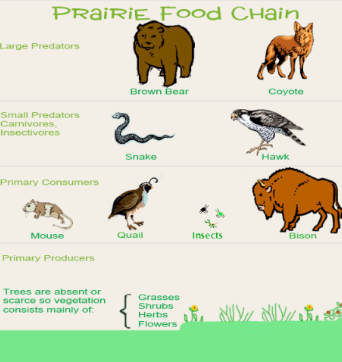Week 3: Deserts and Grasslands Ecology
1/22
There's no tags or description
Looks like no tags are added yet.
Name | Mastery | Learn | Test | Matching | Spaced |
|---|
No study sessions yet.
23 Terms
Desert Characteristics
Cover ⅕-⅓ of Earth’s land surface Most occur at low latitudes but some are cold deserts (Antarctica) Water is scarce: less than 25 cm (10 in) of precipitation a year (called water stress), plants adapt to water stress. Intense solar radiation, causes water to evaporate (called water loss). Note that humidity is low Temperature variation: over 120°F during the day, drops at night, winters may be cold Poor soil quality; high mineral content, but little organic matter Flooding when it rains Desert expansion: some deserts like the Sahara are expanding Low, sparse vegetation Many endangered, rare, and unusual plants and animals because they have to survive in the extreme conditions Slow to recover from habitat damage
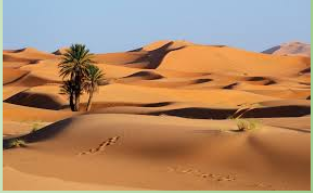
Hot Deserts
Arid regions with little or no annual precipitation (usually rain, no snow or frost). Vegetation sparse and scattered, often limited to moist areas, or even not being present at all except for after periods of adequate moisture.
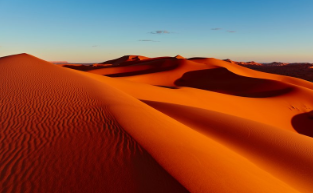
Warm Deserts
Arid regions where precipitation falls seasonally (mostly rain, some snow and frost each year). Vegetation is xerophytic (adapted to little water) and sclerophyllous shrubs (hard, leathery, evergreen foliage to prevent moisture loss) with scattered trees or plants resembling trees.
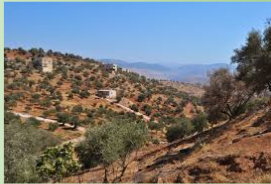
Cold Deserts
Arid regions where precipitation falls sparingly (snow). Note that permafrost is not a factor. Vegetation is primarily xerophytic (adapted to little water) and sclerophyllous (hard, leathery, evergreen foliage to prevent moisture loss) shrubs with scattered, low trees.
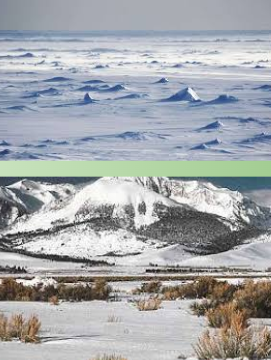
Xerophytic
Adapted to little water
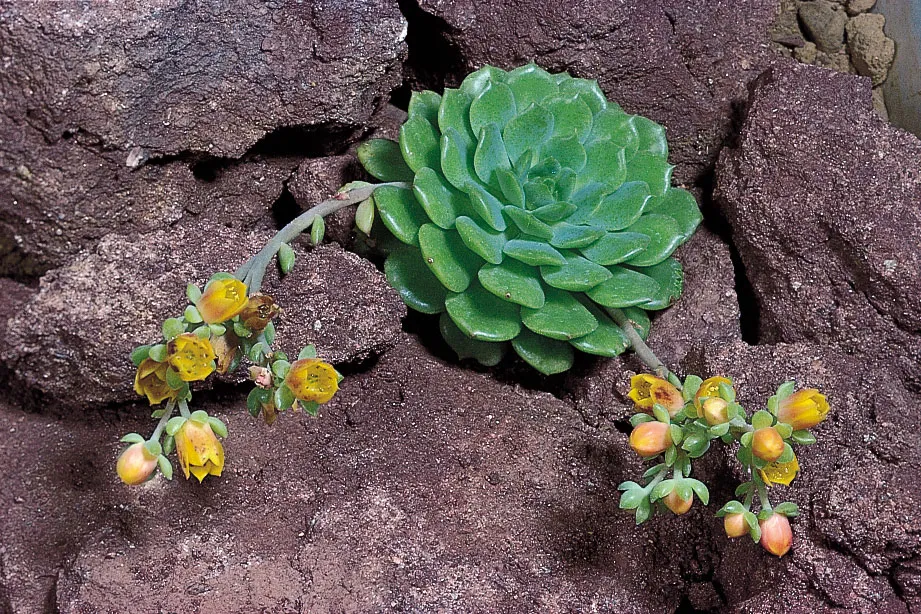
Sclerophyllous
Hard, leathery, evergreen foliage to prevent moisture loss.

Mojave Desert
Warm Desert. Located above Sonoran Desert, below Great Basin Desert. On southeast part of California. Relatively small compared to the other deserts.
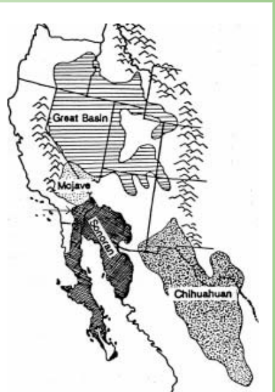
Sonoran Desert
Warm Desert. Located below Mojave Desert and West of Chihuahuan Desert. Part of desert is in Baha Mexico (part sticking out on West side of Mexico). Part of it is in California, Arizona, and Mexico.
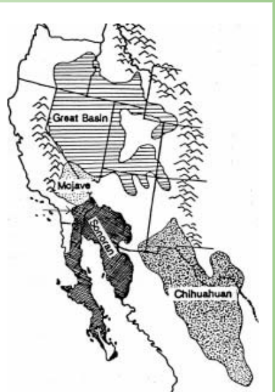
Chihuahuan Desert
Warm Desert. Located in Mexico and part of New Mexico. East of Sonoran desert.

Great Basin Desert
Cold Desert. Around Colorado River and Grand Canyon. Relatively huge. North of Mojave desert. Located in Nevada, Oregon, Idaho, Utah, and Arizona.
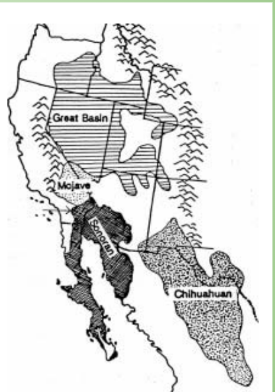
Annuals (Plant Adaptations)
Dormant during dry season, germinate and grow rapidly after it rains, have a short flower life cycle so that they spread seeds after it rains. Some depend upon animals’ digestion for dispersal of seeds.
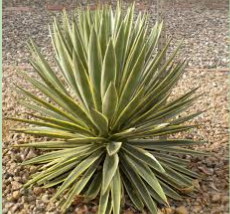
Desert Animals
Insects and scorpions. Lizards and snakes. Birds: hummingbirds, roadrunners. Bats. Small mammals as such rodents. Larger mammals as such coyotes.

Animal Adaptations Deserts
Burrow for protection from heat. Conserve water loss from evaporation, exhalation, elimination of body waste. Nocturnal activity when cooler or hide/burrow during day to protect from heat. Many cold-blooded insects and reptiles. Exoskeletons or scales.
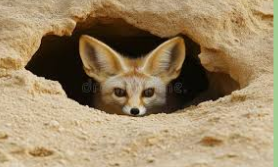
Desert Food Web
Hawks, foxes
Lizards, snakes, tarantulas, scorpions
Insects, rodents
Plants
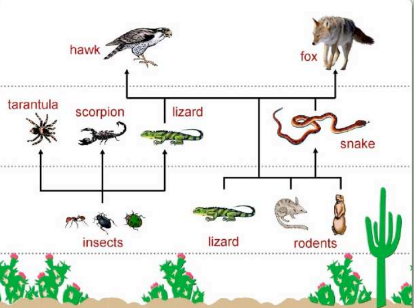
Grassland Characteristics
Grasses are the major producer. Many different species grow here but usually one or two dominate. Most grasses possess rhizomes (horizontal underground stem which puts out lateral shoots) and are wind pollinated. Growing season of 120-200 days. Fire a major factor in maintaining biome. Dominated by grazing animals (deer, antelope, buffalo - once common but now rarely native to the range), burrowing small animals, and song birds. Precipitation levels are too low to support trees but great for deserts to form. Precipitation varies: 6-40 inches (15-100cm). Scattered rain and lightning in summer months (a lot of convection storms). More general rain and snow in winter months. Moderate temperature from -20F to 110F . Can be colder in the north. Rich and fertile soil. Generally flat to rolling topography (hills and valleys) cut by stream drainages where there is a river-bank habitat.
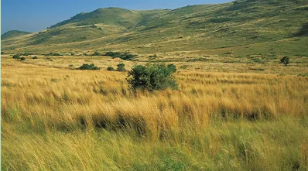
Tall Grass Prairie
In the east, near eastern deciduous forest. Grasses are tall (3-4ft) with deep roots. 24-40 in of precipitation annually.
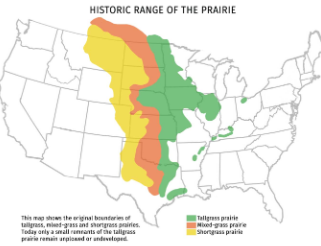
Mid Grass prairies
Central area. Grasses 4ft. 14-25in precipitation annually.
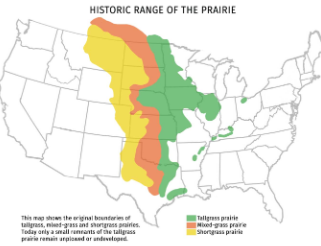
Short Grass Prairies
West. Covers the most land of any prairie in North America. Near deserts of western US Short grasses ( less than 20in). 10in precipitation annually.
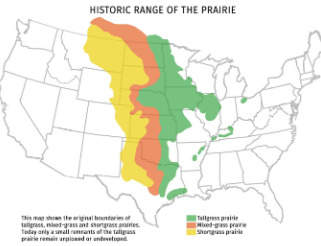
Plant Adaptations Grasslands
Herbs and legumes (nitrogen fixing) among the grasses. Turns nitrogen gas into a useable form (ammonia) that the grass can absorb from the soil. Many plants possess rhizomes (underground stems) and are wind pollinated. horizontal underground stem which puts out lateral shoots. Soils generally fertile, deep and rich in nutrients (Bread baskets of the world). Grasses have three strata (layers) – roots, growth at ground level, and taller foliage. Half of growth may be below ground. Grazed taller foliage will grow back. Taller foliage above ground adapted to withstand strong winds, fires, extreme temperature changes → flexible soft stems that bend with the wind without breaking while having a deep root system to anchor them to the ground (flexibility over rigidity).
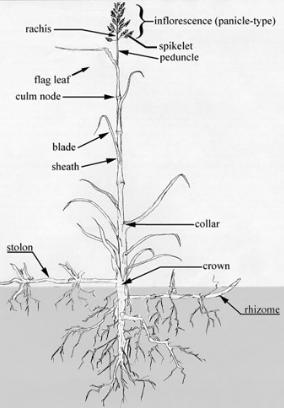
Annuals
Plants that die off when temperatures get too cold—complete their life and reproduction cycle once within one year.
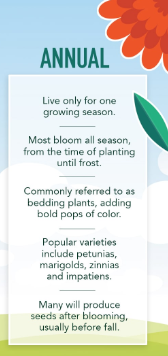
Perrenials
Plants that regrow/survive for several years—reproduce multiple times and the plant above ground dies in the winter, but new growth appears in the following spring.
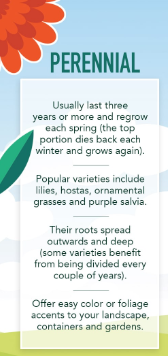
Animal Adaptations (Grasslands)
Herds (safety in numbers), protect each other, divide work finding food. Underground burrowing of small animals (colonies as prairie dogs), Hiding from predators, keep cool in the hot sun. Birds — strong fliers & great eyesight. Flight song birds to attract mates in air. Nest in tall grass. Differentiate colors from far away. Long distance vision for predator & prey. Eyes of grazing animals well above snout. Small creatures can stand on haunches (rear leg & rump). Some hop up and down or hop long distances (warning others, sight, running away during chase) . Camouflage coloration. Smaller mammals have pouch-like cheeks. Stockpile food (seeds shrubs weeds flowers).
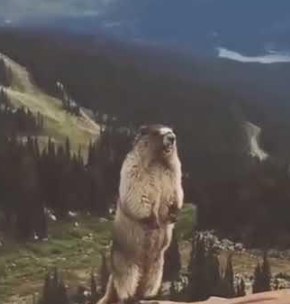
Prairie food chain
Large predators: Bears, Coyotes. Small predators, carnivores, insectivores: Snakes, Hawk. Primary Consumer: Mouse, Quail, Insects, Bison. Primary Producers: (Trees are absent or scarce) mainly grasses, shrubs, herbs, flowers.
